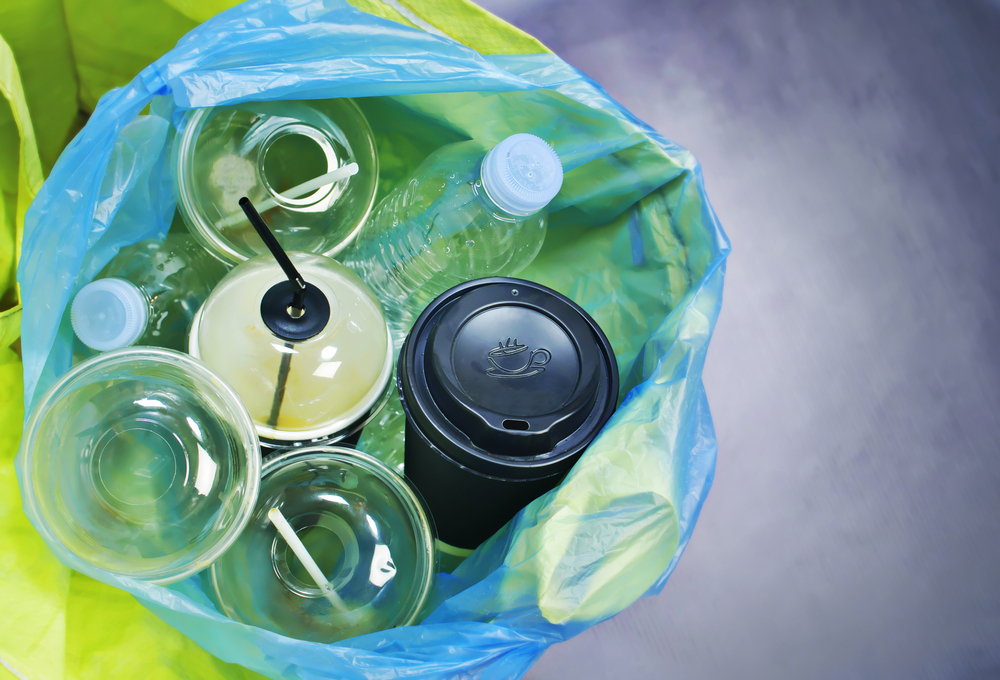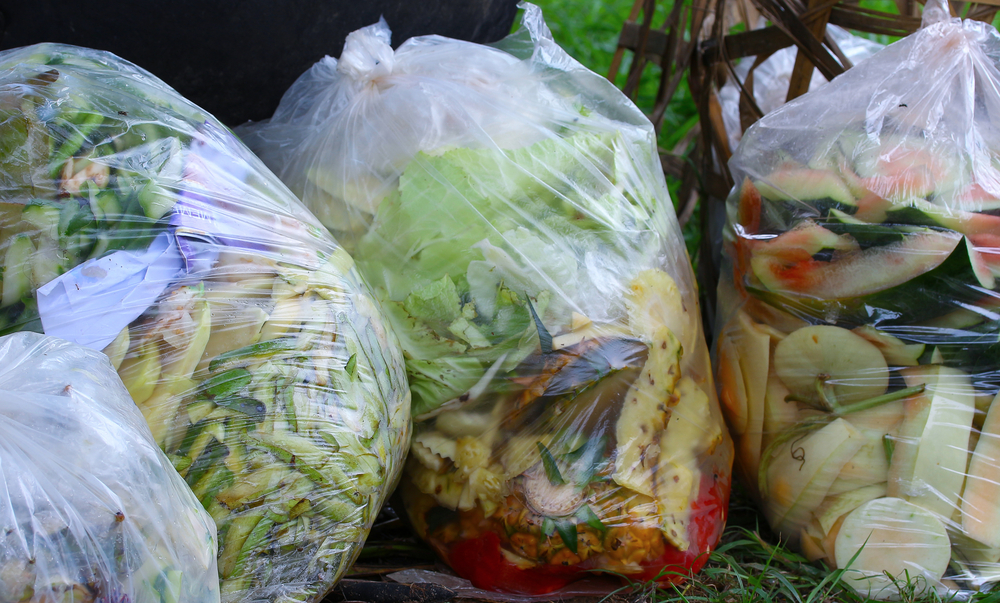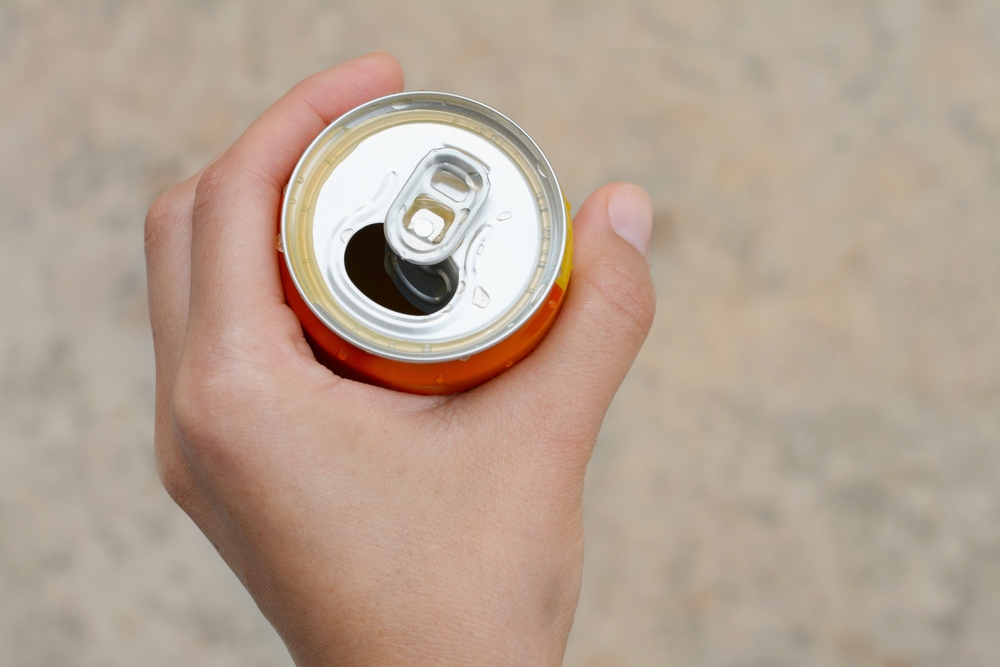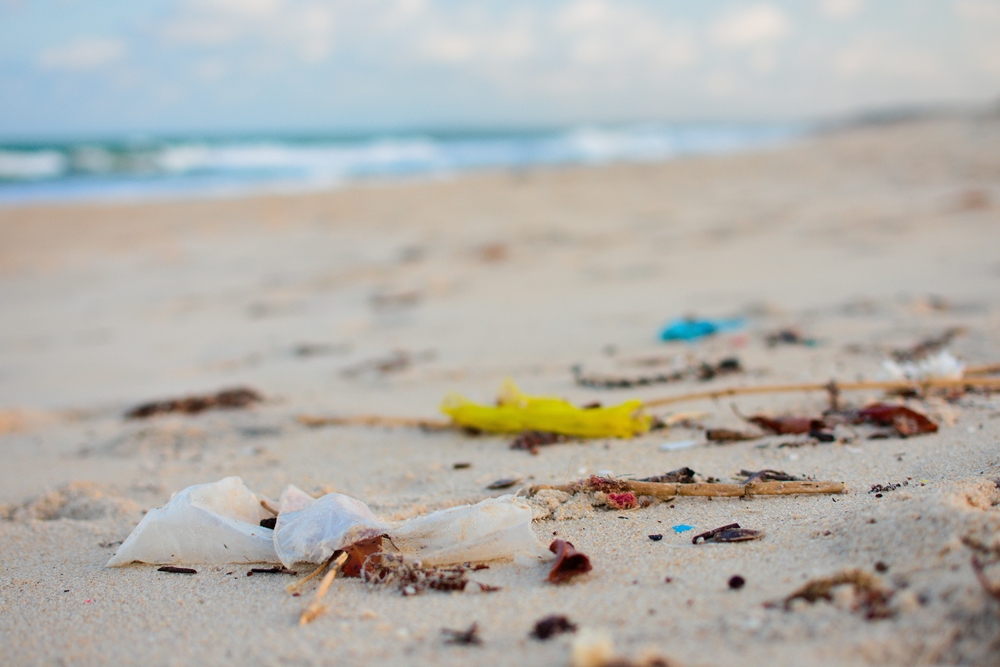When it comes to protecting Hawaiʻi’s waterways and marine life, understanding what we throw away – and how it affects the environment – is an important first step. Not all trash behaves the same. Organic waste breaks down over time, but materials like plastic, metal, and glass can linger for centuries. While some items can’t be recycled or reused, many can and should be kept out of the landfill!
Here’s a closer look at the different types of waste and how to handle them responsibly:

Everyday Offenders: Single-Use Waste
Items such as plastic wraps, cigarette butts, straws, and fast food packaging are among the most common types of trash littering our streets and shores. These small bits of trash add up quickly. Many release toxins or break down into harmful microplastics. Because they’re lightweight and often carelessly discarded, they can be swept into storm drains by wind or rain, eventually ending up in the ocean.
Reducing this kind of waste starts with choosing reusable alternatives: water bottles, shopping bags, plates, straws, and utensils. Even small changes can make a big difference.

Deceptive Nature of Organic Waste
Food scraps, napkins, and paper towels might seem harmless, but when left in public spaces, they can still attract pests and pollute the environment. These materials only break down under the right conditions and may introduce bacteria and nutrients that disrupt foodwebs and disturb ecosystems.
The good news? Most organic waste can be composted. With a simple compost bin, you can turn food and paper waste into nutrient-rich soil. Learn how to make your own composting bin here.

Don’t Forget the Recyclables
Aluminum cans, glass bottles, and certain plastics belong in the blue bin provided by the City & County of Honolulu. When sorted correctly, these items are collected and turned into new materials for future use. Recycling helps reduce the need for raw materials and cuts down on landfill waste. It can even benefit your wallet if you bring recyclables to a recycling center, where you can earn 5 cents for every container marked with a HI 5¢ label.

Be a More Mindful Consumer
We may not be able to eliminate all waste, but by understanding how different materials behave – and where they should go – we can make smarter choices that protect our environment. Reducing waste starts with awareness and leads to action.
Sources: Environmental Protection Agency


